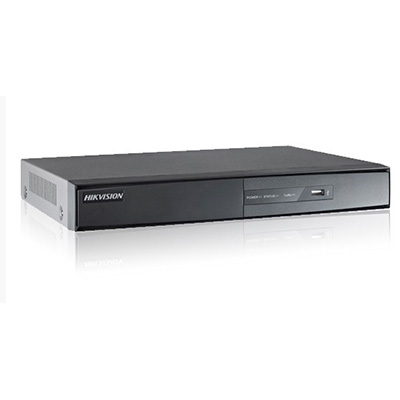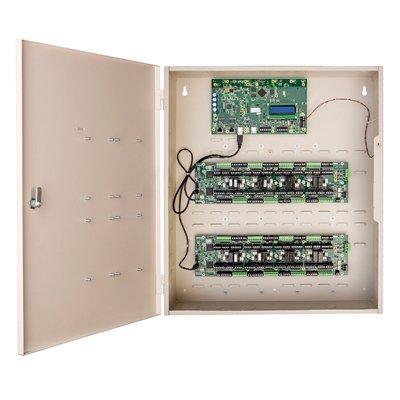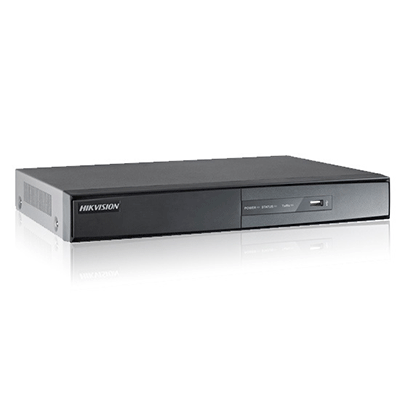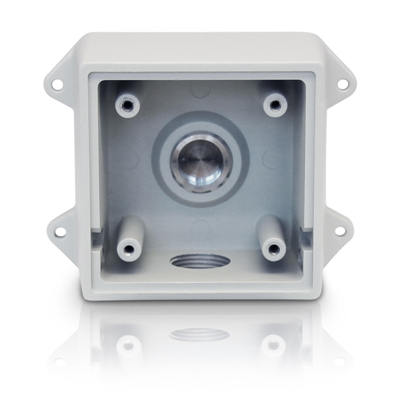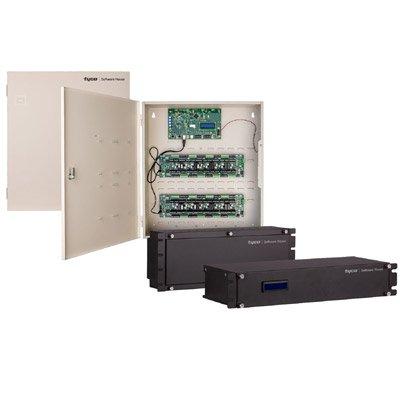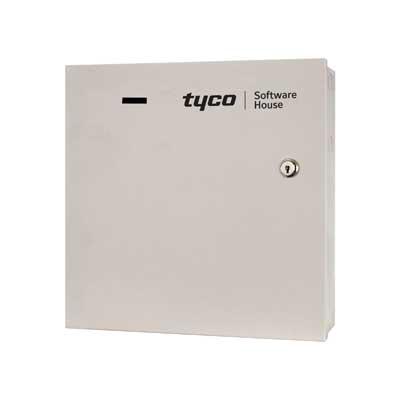In a move designed to further the spread of de-facto standards and standards-based interoperability in the physical security industry and beyond, the Physical Security Interoperability Alliance (PSIA) recently released Version 2.0 of its industry-leading Area Control Specification.
The PSIA also announced it is making the specification open and publicly available to all industry manufacturers in addition to PSIA member companies. Area Control 2.0 incorporates the PSIA’s Access Control and Intrusion Detection Profiles. Testing tools are available to help manufacturers ensure their products comply with these profiles.
“Our Area Control specification has been developed by the industry’s leading access control system vendors and is a rich, robust and well-tested specification,” said David Bunzel, executive director of the PSIA. “With the Access Control and Intrusion Detection profiles now built into this version, a broad range of vendors specializing in those areas can easily build PSIA compliance into their products.”
The PSIA’s Area Control Working Group is headed by Andy Bulkley, product manager, Lenel Systems/UTC. Its other member companies include Allegion (formerly part of Ingersoll Rand), HID Global, Honeywell, and Stanley Security Systems.
The Area Control specification, first released in November 2011, had previously been available only to PSIA members. This specification is now available as a free download from www.psialliance.org for all interested manufacturers. In addition, the PSIA has released 2.0 versions of its core specifications, the Service Model, the Common Metadata & Event Model (CMEM) and the Common Security Model (CSEC). These upgrades will ensure continued plug-and-play interoperability among PSIA-compliant products.
While the Access Control and Intrusion Detection profiles test scripts and conformance tools will be available to the public, the PSIA will issue compliance certifications only for current PSIA members.







